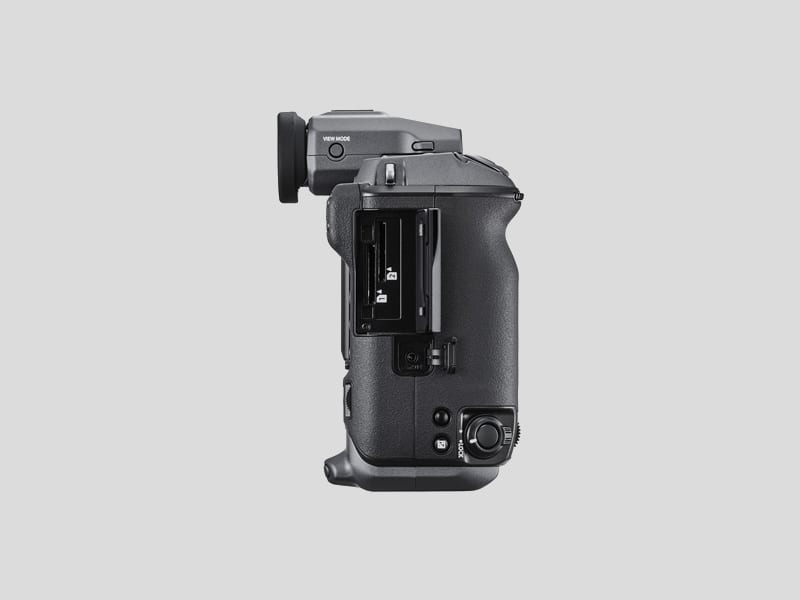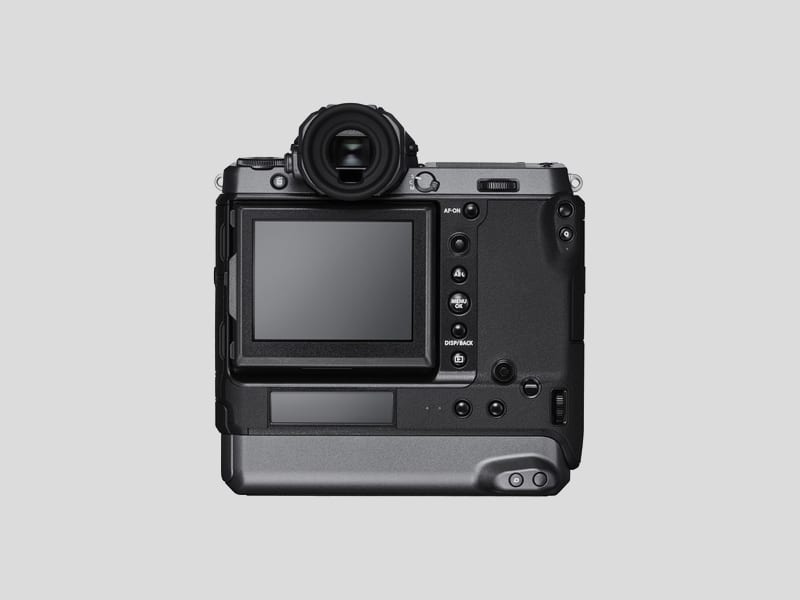Fujifilm GFX 100 Review
The Fujifilm GFX 100 has been the camera most of us have been waiting for. The 100-megapixel medium format camera has long been promised by Fujifilm to professionals and tech lovers. It is big, beautifully built, and expensive but when you look at medium format cameras, then it feels like a bargain. Medium format cameras are those which have sensors larger than 35mm full-frame. In terms of technology and photography, the Fujifilm GFX 100 has broken rules and created something unique and new. It changes expectations about what medium format cameras can do. The 100-megapixel resolution challenges people to think outside their comfort zones and find new parameters of testing.
Priced at about AUD 15,000, its specifications and features make it feel like a dream come true. Fujifilm has promised a long list of new features and elements and they definitely have delivered on their promise. It is a definite and marked improvement on the Fujifilm GFX 50S.
The Fujifilm GFX 100 is a big and tall camera. It resembles a flagship professional DSLR like the Nikon D5 in size due to its mirrorless construction. With a 5 frame per second capability and a 41-shot JPEG buffer, this camera moves really fast. It can’t match the speed of traditional DSLRs but it tries to catch up with other features.

The inclusion of the in-body image stabilizer (IBIS) makes the GFX 100 considerably larger than the GFX 50S. Vibration Reduction being inbuilt is a very new territory for medium format cameras. This extra bulk then changes the way people will interact with this camera and affect the way they use it. The IBIS system in the GFX 100 offers 5.5 stops of stabilization across five axes. What this implies is you have an option to use this camera during times you generally wouldn’t consider or use a medium format camera. Creating a stability system for this size of sensor was only possible if Fujfilm completely redid the concept of usual chassis construction. In addition to the front, back, and top plate, there is a fourth piece of lens mount that is independent of the other pieces in this engineering marvel.
Much of the camera power is dependent on its speed. With GFX 100 you get lightning-fast speed. It is four times the speed of the GFX 50S and offers a data rate of 1 GB/s. Autofocus speed also is a great feature here. The adoption of a hybrid autofocus system has helped Fujifilm with other models. So they replicated it with the GFX 100. A recent firmware update provides an extra kick to the already efficient autofocus.
The Fujifilm GFX 100 can shoot uncropped 4K and has the ability to switch aspect ratios. This suggests that the camera delivers a sensor image area larger than any cinema camera in the market. Currently, only the Arri Alexa 65 (costing 15 times of the GFX 100) has a sensor area bigger than the GFX 100. These features make the Fujifilm GFX 100 a serious contender for videographers and cinematographers. The LOG and HLG options give professional editors complete control over contrast and grading. The GFX 100 can shoot 4K 30p 10bit 4:2:0 internally, but can go up to 10bit 4:2:2 when hooked to an external recorder.

The traditional shutter speed and ISO dials have vanished from the top plate. Fujifilm now provides an option to virtually display dials to show these things on the large data screen on top. It looks sleek and neat. You can switch to a basic or old style information panel information on the 1.8 inch screen or display a large monochromatic histogram.
The substantial grip of the Fujifilm GFX 100 can tempt photographers into shooting handheld. Whether you use it in horizontal or vertical shooting, it can get strenuous if used for longer periods of time. It’s not just the weight of the body but the lenses which play an important role too. Bigger sensors invariably lead to bigger lenses. And the buttons and dials feel too small for a camera this size. If you use it mounted on a tripod or in a studio, then it doesn’t feel so odd but while shooting handheld, the smaller dials and buttons can make the use slightly uncomfortable or tedious.
The Fujifilm GFX 100 was intended to be a dream camera and it ticks every feature you can ever desire. The modular adaptability seems missing but for the price tag, you can’t ask for anything else. Professional and expert photographers who invest thousands of dollars in cameras and lenses will definitely find the GFX 100 priced at $10,000 a steal and a bargain. The image quality is incredible; Fujifilm delivers a camera with stunning resolution and picture quality. The dynamic range is excellent and for a medium format camera, the Fujifilm GFX 100 has gone above and beyond our expectations.
